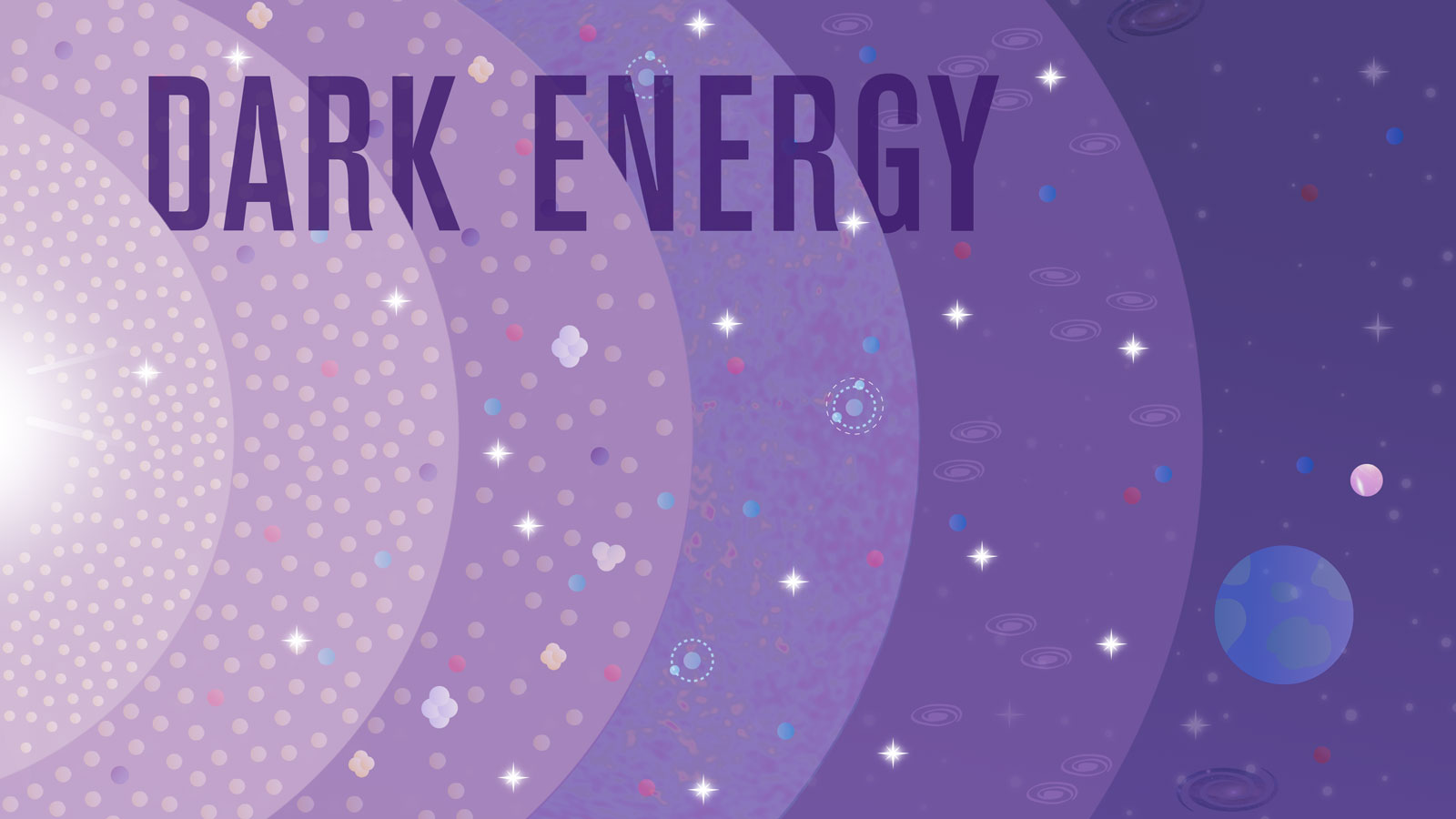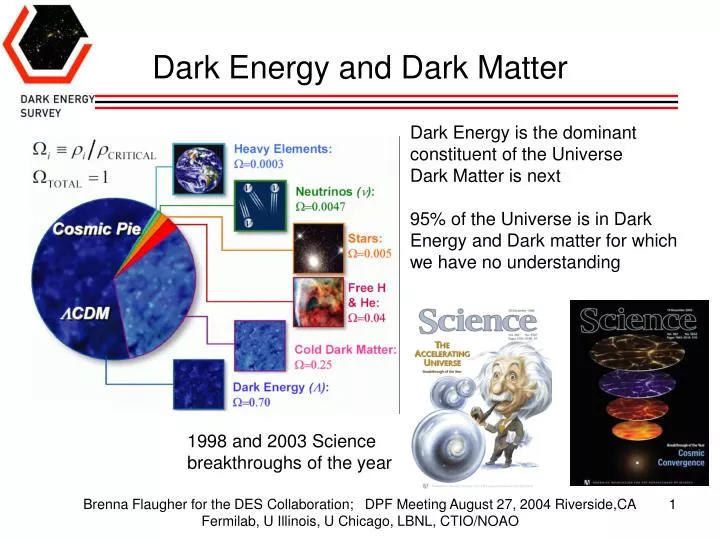

The new mission will advance the exploration of the dark energy mystery in ways that other telescopes can’t by mapping how matter is structured and distributed throughout the cosmos, and also by measuring large numbers of distant supernovae. With resolution as sharp as Hubble’s but a field of view that is 100 times larger, Roman will generate never-before-seen big pictures of the universe. Previous missions have gathered some clues, but so far they haven’t yielded results that strongly favor one explanation over another. Theorists still don’t know what the correct explanation is, but Roman will help us find out. If this is the case, the theory will need to be replaced with a new one that incorporates the cosmic acceleration we have observed.

Cosmic acceleration could be caused by a new energy component, which would require some adjustments to Einstein’s theory of gravity.Īlternatively, Einstein’s theory of gravity may break down on cosmological scales. More is unknown than known, but theorists are chasing down a couple of possible explanations. It is only on an intergalactic scale that dark energy becomes noticeable, acting like a sort of weak opposition to gravity. It is present in the room with you as you read, within your very body, but gravity counteracts it so you don't go flying out of your seat. This mysterious pressure remained undiscovered for so long because it is so weak that gravity overpowers it on the scale of humans, planets, and even the galaxy. We still don’t know what exactly is causing the acceleration, but it has been given a name: dark energy.

The expansion of the universe is not slowing down due to gravity, as everyone thought – it’s speeding up. The mystery escalated in 1998 when Hubble Space Telescope observations of more distant supernovae helped show that the universe actually expanded more slowly in the past than it does today. The universe was far from static, as most people previously believed – it was ballooning outward.Īstronomers have measured how fast the universe is expanding by using ground-based telescopes to study relatively nearby supernova explosions.


 0 kommentar(er)
0 kommentar(er)
